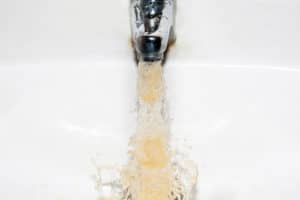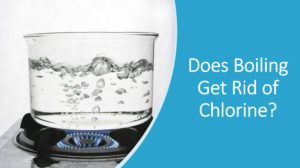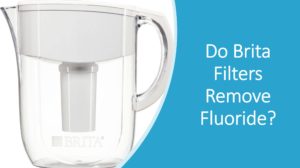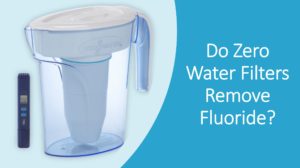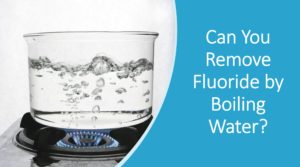Manganese has health benefits when consumed in small amounts. However, if taken in large quantities, it can turn toxic, so it’s vital that you know how to remove manganese in the water.
Air injection, Ion Exchange, Oxidation Media and Reverse Osmosis are the 4 common methods for treating manganese contaminated water.
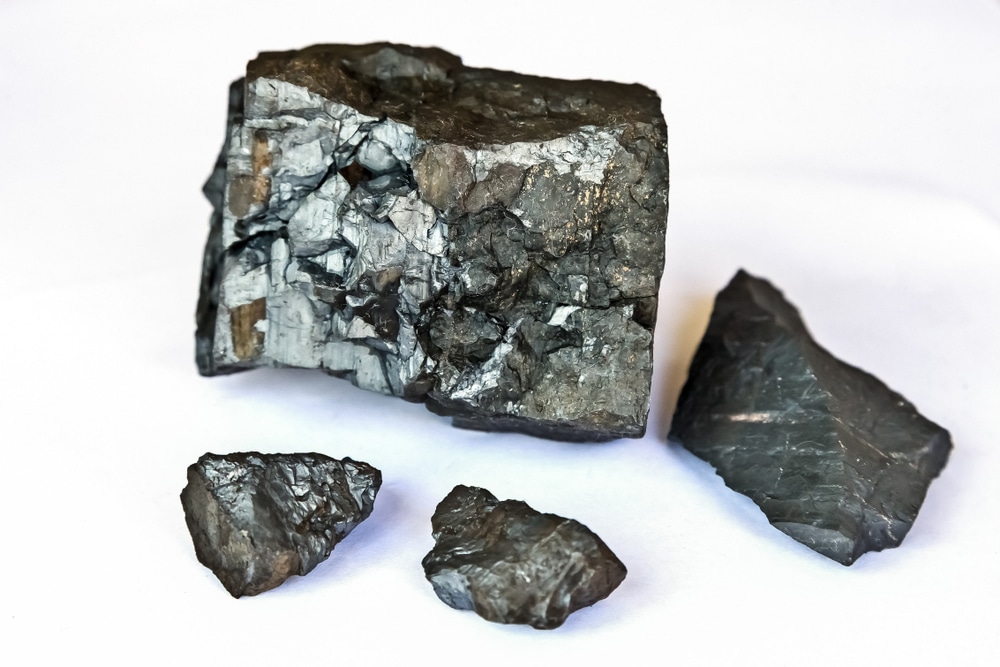
How To Remove Manganese From Water
Here are the common methods to remove manganese in water:
1. Air Injection Filtration (Aeration)

Aeration is one of the most effective water treatment methods you can use to remove manganese from water. It also eliminates dissolved metals such as iron and doesn’t go easy on hydrogen sulfide ions.
This type of filtration system doesn’t require a filtering resin. Instead, it uses an injected air pocket to treat water. The result is the removal of a high concentration of manganese.
The process involves feeding water into a tank, then injecting a fresh pocket of air at the top. This oxidizes the metals dissolved in water, changing their state. They’ll stick on the media bed, allowing you to remove them with so much ease.
In the regeneration process, you need to feed the tank with a fresh pocket of air. Many see this as a drawback, but that’s not the case. You see, with the accumulation of more and more manganese and other metals in water, regular maintenance is essential. That includes regeneration, which highly boosts manganese removal from water.
In addition, the fact that air filtration uses no filtering resin means it’s a relatively economical technique you can use to remove manganese from water.
2. Ion Exchange

Another highly effective method of softening water is ion exchange. It works by removing minerals such as calcium and magnesium.
Ion exchange works on the basic principle of replacing the minerals that cause hardness (manganese being the most common) with sodium ions.
A resin bed attracts these minerals and, in exchange, releases sodium ions to take their place in water. The manganese will stick onto the resin bed while sodium ions go the other way to replace it.
Once the media capacity reaches the upper limit, backwashing is necessary. You need to flush out the media repeatedly, allowing sodium ions to take over and pave the way for a fresh cycle.
Interestingly, any whole home water softener can eliminate iron and manganese. However, for these to remove manganese from water, the following conditions have to be met:
- -Low concentrations of dissolved oxygen
- Ph above 6.5, which is the optimum level
- Iron concentrations below 5 mg/L
- Manganese concentration of 3 to 20 GPG
3. Oxidation Media

Manganese and ion levels ranging between 2 to 10 mg/L, and oxidation filtration solutions are ideal for manganese removal.
This method uses catalytic oxidation to eliminate the metal.
Manganese greensand filter systems are one example of such filters. In this filter, potassium permanganate is used to oxidize manganese and iron. The filter bed traps these two, after which they’re flushed out. You need to conduct regular maintenance through backwashing and regeneration of the oxidation filtration media.
Note that the higher the concentration of metals in your drinking water, the higher the number of times you need to backwash.
Another excellent and economical option for removing dissolved manganese in the water is the birm filter. If your water pH is 7.5 and above with a high concentration of dissolved oxygen, this type of manganese water filter is the most suitable for you.
What’s great about birm filters is they don’t require regeneration. All you’ll need to do from time to time is backwash to remove the solid metal particles.
4. Reverse Osmosis
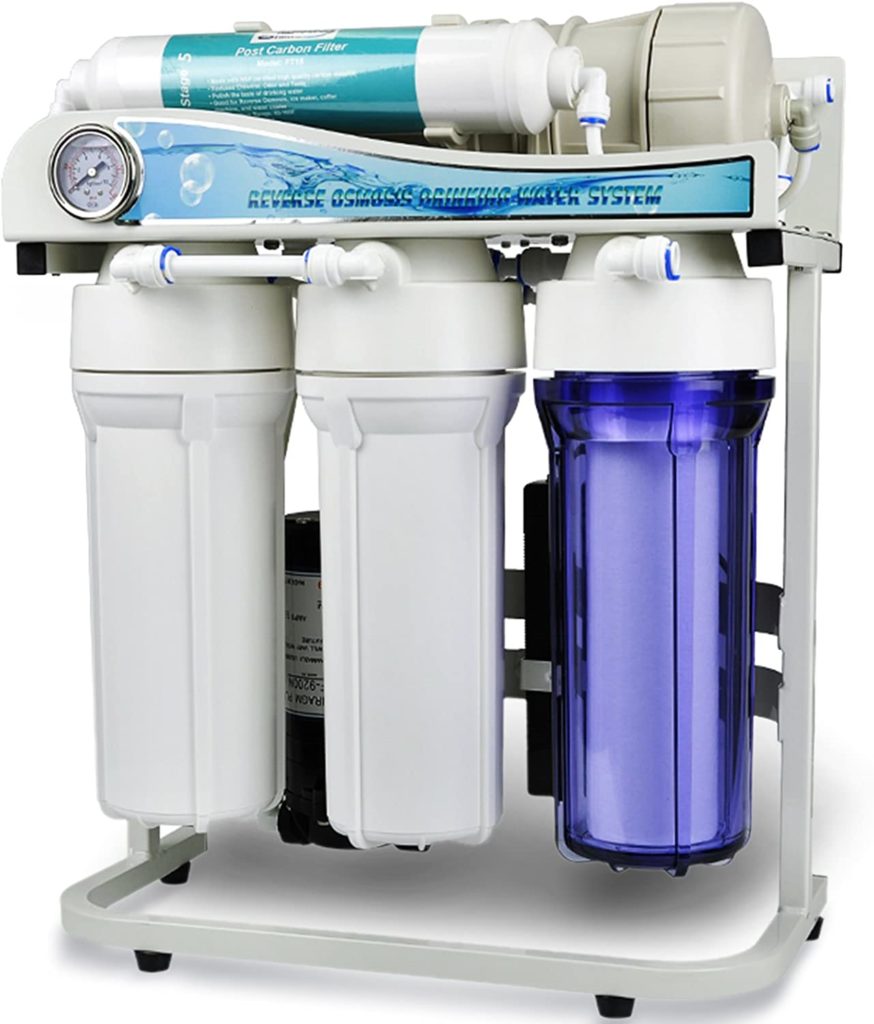
Reverse osmosis is one of the most effective of water treatment processes. It’s known to remove all the impurities.
This treatment process conducts filtration in several stages, including:
- Sediment filter cartridge membranes
- Activated carbon filter cartridge membranes
- Post-filter membranes
- Semi-permeable membrane
Reverse osmosis membranes feature tiny pores that only allow fine water particles to pass through, sieving out bacteria and impurities. During flushing out, all these contaminants are removed together with wastewater. The process leaves no dissolved bacteria and impurities behind. Neither does it let any escape.
No backwashing is required with reverse osmosis systems, although you need to change the filter membranes every 6 to 12 months. You should also replace the semi-permeable membranes at least once every two years.
How to Tell Whether Your Water Contains Manganese
Brown stains on your laundry, sink surfaces, and water-based appliances indicate that your water contains manganese. The manganese and iron in their dissolved forms are what cause the discoloration.
Other tell-tales are a brownish coat on the surface of the toilet water or black precipitate forming in your dishwasher. That’s because most detergents used in dishwashers raise the water pH, and if manganese is present, it reacts with it leading to solidification.
Still, other indications of manganese in your water include blockage of your plumbing system and reduced water pressure from showerheads and faucets.
What Happens if You Consume Too Much Manganese?
Excessive consumption of manganese is dangerous.
There’s no evidence to support that consuming too much manganeses from your diet causes harm, but drinking water with high levels of manganese (above 0.05 ppm) poses serious health risks.
Prolonged exposure to manganese can cause complications of the nervous system. A nervous system attack symptoms include depression, loss of hearing, insomnia, tremors, irritability, and Parkinson’s disease.
For children, the effects are even worse. Excessive manganese may interfere with their cognitive functions leading to behavioral and learning problems.
Conclusion
So, how to remove manganese in water? Manganese has health benefits when consumed in small amounts. However, if taken in large quantities, it can turn toxic, so it’s vital that you know how to remove manganese in the water.
Fortunately, this can no longer be a problem for you. Any of the techniques mentioned above will purify your home water if it contains excess manganese.
Related Guide: How To Remove Tannins in Water

